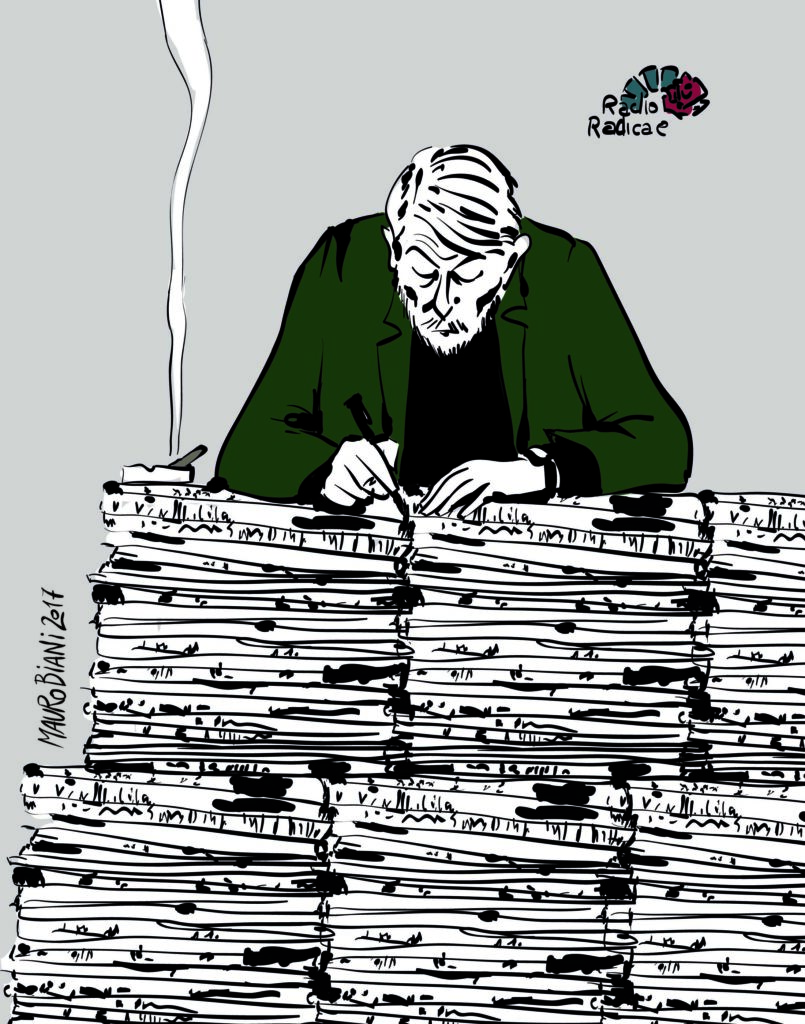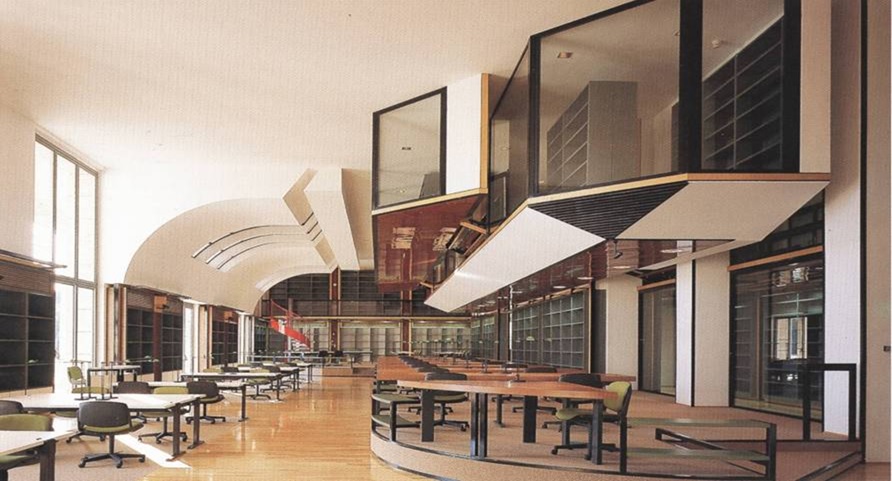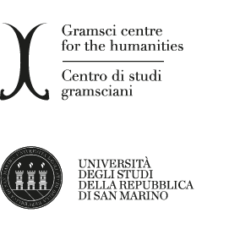Scholars of the history of journalism and Italy in the contemporary age have a new source from which to draw for their research. A little more than a year after his death, Massimo Bordin’s archives have been completely restored by Dr. Andrea Maori, a freelance archivist and former collaborator of the Radio Radicale archives.
A complex and homogeneous documentation
Massimo Bordin’s archive contains material of considerable importance concerning his entire intellectual activity as a political and judicial journalist from 1975 – the year when he began working for the radio station Radio Città futura – to 2019. These are manuscript, typewritten, printed materials and books, which cover 11 linear meters. Converted into numbers there are 74 envelopes, 10 boxes and 2 folders containing 733 files, 102 notebooks, notebooks and notepads and 131 groups of printed works in paper and electronic format. As pointed out by the archival note, Bordin’s archive is not large but very dense with complex, homogeneous and coherent documentation because it is functional to the work of a journalist and political writer.
For more than thirty years he worked at Radio Radicale, from whose office comes the substantial part of the material, found stacked on his desk, in a closet and in various drawers. Most of the documentation was piled up in an unordered manner and composed of loose notes, notes in folders, many press clippings and typescripts of his articles.
From Bordin’s house comes most of the books, consisting of 7000 non fiction, and a substantial amount of papers, press clippings and the incomplete collection of articles written in the many newspapers with which he collaborated. After his death, this material was collected and arranged for themes by his partner, the journalist Daniela Preziosi.

The first phase of the archival work
The first interventions on the documents began in the summer of 2019 and took place at the offices of the broadcaster in Via Principe Amedeo, Rome. Every single documentary component was identified, starting with the most easily identifiable units, consisting of the original files and other material.
“Distinguishing the material of judicial nature of Bordin from that of Bruno Ruggero, journalist of Radio Radicale with whom he shared the columns dedicated to justice, was of fundamental importance,” says Dr. Maori, who continues: “This first work of reconnaissance was completed with a reasoned selection of newspapers kept on the large desk of his office, discarding those intact that contained underlining, notes, or clippings and proceeded to preserve all the others”.
Some dossiers with press review were created by Bordin simply using a newspaper or a part of it to deposit clippings, generally of homogeneous type. “Subsequently, the one recovered by Daniela Preziosi was added to this material and the archival material enclosed in the boxes of books coming from Bordin’s house was traced”, says Maori. The entire material thus recomposed was then deposited in a suitable environment where the second phase of the intervention on the papers was carried out.
The identification of series and subseries
The work of distinction by large groups of archival material, partially arranged during the summer of 2019, was carried out the following December. “The aggregation criterion chosen corresponded to the logic and classification assigned, even if occasionally, by Bordin himself through traces left in the organization of the material” explains Maori, who adds: “In private archives of personalities it often happens that the archivist has to enter into the logic that led the producer to the preservation of disordered material, and identify the point in which to insert this documentation within the complex records. The archivist places himself in an intermediate situation between the producer and the papers”.
“In the case of the Bordin archive – continues Maori – the operation of identifying the papers for a deposit in new files was not particularly difficult, but its organization was long and complex. For subsequent steps, I deposited the material in envelopes and boxes and progressively divided it in more and more detail until the final identification of the series and sub-series”.
The files have been assigned critical titles that briefly identify the content. The final organization of the series and sub-series required the collaboration of the archivist Daniela Mori.“The intervention of Dr. Mori facilitated the conditioning operation and ordered the series of notebooks, notebooks and notepads. Another part of the work on the documents was dedicated to the recovery of the writings published in newspapers and periodicals. This series has been enriched thanks to the contribution of Daniela Preziosi”.
The conclusion of this phase of intervention led to the identification of the following archival series/sub-series:
1. Personal (1984-2018); 1.1 Papers strictly personal; 1.2 Awards;
2. External correspondence (1975-2019);
3. Relationship with Radio Radicale (1981-2010); 3.1 Journalist and Director of Radio Radicale (1981-2010); 3.2. Closure of Radio Radicale – “Radio Parolaccia” (1993-1998); 3.3 Printed material (1995-2009);
4. Relations with Radicali (1991-2018);
5. Relations with other parties (1976-2018);
6. Notes in loose papers (1981-2018); 6.1 Notes on hearings (1985-2019); 6.2 Notes of various kinds (1981-2017);
7. Notebooks, notebooks and notepads (1976-2018);
8. Writings and interviews (2000-2019);
9. Conference papers (1984-2018);
10. Papers of a judicial and parliamentary nature (1976-2016);
11. Press review (1974-2018);
12. Essays, reports or extracts;
13. Papers and menabò;
14. Papers by Anna Maria Fossa (1979-1997).
Finally, the publications that have been divided into: Monographs; Periodicals; Numbers of single periodicals.

In search of a physical location
Massimo Bordin’s archive is currently kept in Maori’s private home and requests for consultation can be forwarded to Radio Radicale. “Due to the Covid 19 epidemic, we cannot transfer the ordered material back to Radio Radicale’s library. Together with the station managers we have imagined a process of digitization of the entire documentation, which needs adequate funding,” notes Maori.
But it is not just a question of economic resources: the digitalization of an archive is a technically complex operation, even more so when the material presents different formats, as in the case of Massimo Bordin’s papers: “Absurdly, a paper archive is easier to consult and manage. An intermediate solution, and I am not only referring to the Bordin archive, but to all those present on the territory that are currently inaccessible, could be the conversion of the most important documents into electronic format”.
Once the pandemic is over, where can Massimo Bordin’s papers be placed? “The priority remains digitalization. I think that the archives should return to Bordin’s office, his place of elaboration and study, but if this is not possible, an alternative could be the Central State Archives where private archives of famous journalists are deposited and can be consulted”.

